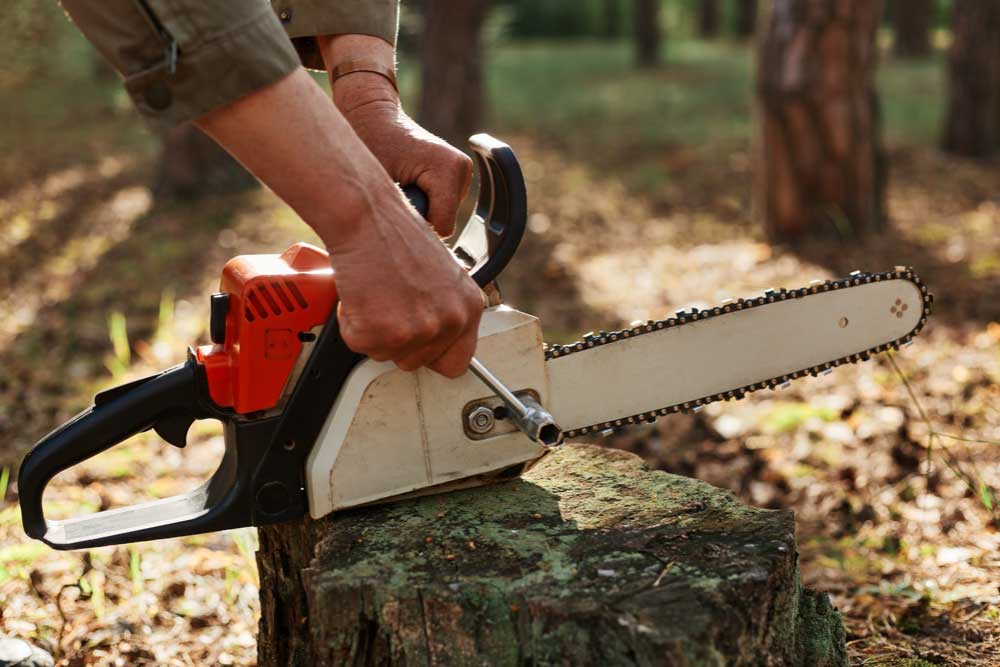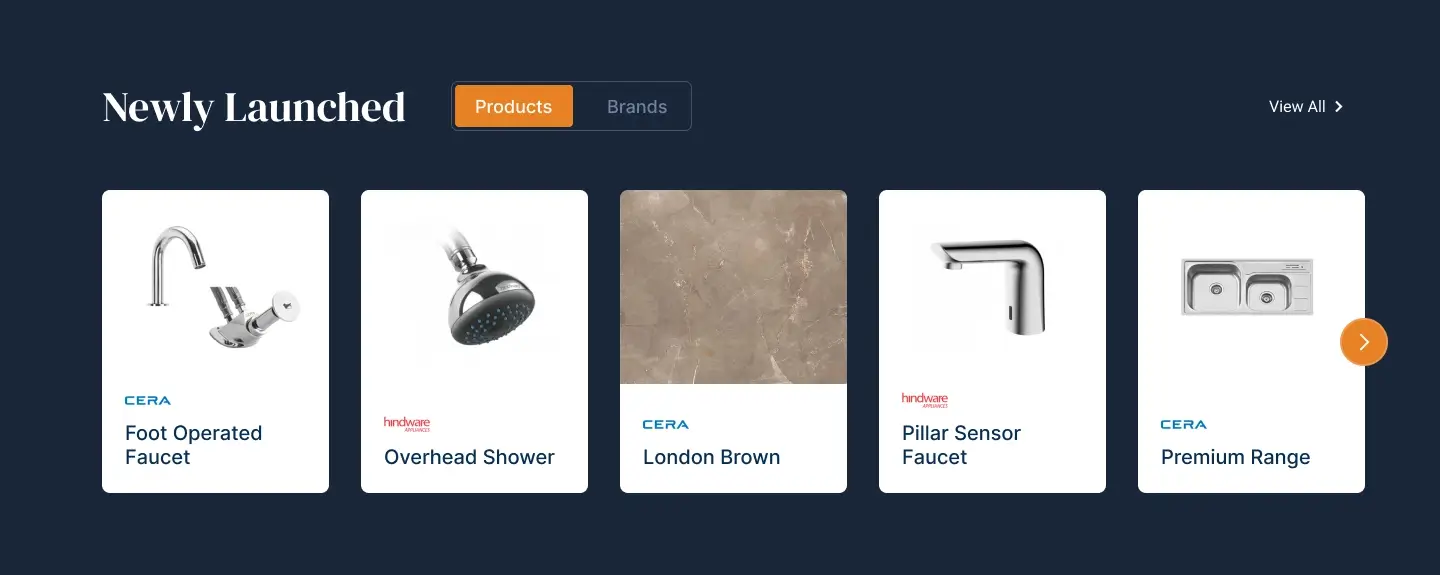
Table of Contents
Quick Overview
Here is the quick overview on battery chainsaws and pole saws:
- Chainsaw and pole saw both are used in cutting wood but using it in different ways. Chainsaw held both hand and used close to the body whereas pole saw let you trim higher branches while your feet stay on the ground.
- Cordless tools are quiet, use steady power, no cords or fumes and required low maintenance.
- Key Features: Weight and balance, motor type, chain speed, auto oiling and safety brake.
- Wear the right safety gears such as glasses, gloves, while working with woodworking tools.
- Clean, oil, and tension chains; store batteries cool and half-charged.
- If you are work near roofs or power lines or tricky branches, call a woodworking professional.
- Short, regular sessions can keep your yard clean, calm, and tidy.
A clean yard feels calm. Overgrown branches do not. The good news is that small trees and shrubs are easier to manage than they seem. Cordless saws make the work simple, quiet, and safe when used with care. This guide explains what the tools do, how to pick the right one, and the safest way to use them around a home.
Battery Chainsaws and Pole Saws: What’s the difference?
Both tools cut wood. They just reach it in different ways.
A chainsaw is held in both hands and used close to the body. It’s best for limbs on the ground, logs, and branches you can cut at waist height. Many models have bars in the 10-14-inch range, which is plenty for small trees and storm cleanups.
A pole saw is a small chainsaw on a long stick. It lets you trim higher branches while your feet stay on the ground. Most poles adjust in length, so you can pick the reach you need for the job. Pole saws are great for shaping trees, clearing dead limbs, and keeping paths open without a ladder.
Why Cordless Tools Make Yard Work Calmer?

Gas saws have power, but they are loud, heavy, and smell. Corded tools have steady power, but the cable gets in the way and can be a trip risk. Cordless tools strike a smart balance. Press the trigger and the motor starts. Release it and the tool rests. There is no pull cord, no fumes, and far less noise. Neighbours and pets will thank you.
If a quiet, low-hassle battery powered chainsaw fits your yard plan, look for one with a safety brake, easy chain tensioning, and a battery that matches other tools you already own. Sharing batteries across tools saves money and shelf space.
The Few Features That Actually Matter
Specs can feel confusing. Keep the focus on what changes the work in your hands.
Bar Length: For small yard jobs, a 10–14-inch bar handles most limbs. A longer bar reaches deeper cuts but adds weight.
Weight and Balance: A lighter tool is easier to hold steady. Good balance keeps the nose from dipping when you start a cut.
Motor Type: Brushless motors deliver strong torque and longer run time in the same battery size.
Chain Speed: Faster chain speed gives cleaner cuts, which means less strain and smoother work.
Tool-less Tensioning: Chains stretch a bit during use. A knob or dial makes it simple to tighten the chain in seconds.
Auto Oiling: A small pump feeds bar oil while you cut. This keeps the chain cool and sharp for longer.
Safety Brake: A brake stops the chain fast if the saw kicks back. Treat it as a must-have.
For pole saws, also check the pole lock quality and the head angle. A head that tilts helps you line up safer cuts on awkward branches.
Simple Safety That Makes a Big Difference

Cutting wood is safe when you treat it with respect and follow a few clear rules.
Wear the right gear every time. Safety glasses protect eyes from chips. Cut-resistant gloves shield hands. Long sleeves and long pants cover skin. Closed shoes with good grip keep footing steady. For chainsaws used at ground level, add hearing protection and chainsaw chaps if available.
Hold the tool with two hands. Keep thumbs wrapped around the handles. Stand with feet apart and knees soft. Work at hip height when possible. Plan where each branch will fall, and clear people, pets, and breakable things from the drop zone.
Watch the tip of the bar. The top part near the nose is the kickback zone. If that part touches wood, the saw can jerk up. Keep cuts clear of the nose. Let the chain do the work. Do not force it. If a cut starts to pinch the bar, stop and wedge the kerf open with a small plastic wedge or a scrap stick before the bar gets stuck.
Never cut above shoulder height with a regular chainsaw. Use a pole saw for high work, or call a pro if the job is large or near power lines.
How to Use a Chainsaw for Small Yard Jobs?
Start with limbs already on the ground. Place the log on two supports so the cut area hangs free. Cut from the top if the log is supported near the ends. Cut from the bottom if the log is supported in the middle. This avoids binding the bar. Take short cuts and check often. Keep the chain out of the dirt; soil dulls it fast.
For trimming a small tree, remove thin branches first to open a safe view. Work from the outside in. Make clean cuts close to the branch collar, the slight bump where a branch meets the trunk without cutting into the trunk itself. This helps the tree heal.
Also Read: How to Choose a Chainsaw Under $300?
How to Use a Pole Saw with Control and Care?

A pole saw keeps feet on the ground, which is good. It also places the cutting head farther from your eyes, which means you must manage balance and drop zones.
Extend the pole only as much as you need. Shorter poles feel steadier. Stand off to the side of the branch, not under it. Use a two-stage or three-cut method so the bark does not tear. First, make a small undercut a few inches from the trunk. Next, make a top cut a bit farther out to remove the weight. Finally, make the clean finish cut near the branch collar. Keep the chain speed steady and let the saw eat wood at its own pace.
Never cut directly overhead. Keep cuts at a gentle angle so falling pieces swing away from you. Take breaks. Shoulder muscles tire faster during overhead work. Tired arms lead to sloppy form.
Care that Keeps Tools Ready
A well-kept saw feels safer and cuts cleaner. After each session, brush off chips. Check chain tension; it should lift slightly from the bar but snap back. Top up bar oil. If the chain looks dull chips turn dusty and cuts wander, sharpen it or swap it out. Many owners keep a spare chain so the job never stops.
Batteries prefer cool, dry storage. Charge to full before a big job, and avoid running them flat. If storing for months, leave them around half charged and check every few weeks. Keep chargers off damp floors and away from direct sun. Wipe the tool and battery contacts with a dry cloth if you see dust.
Picking the Right Tool for Your Yard Size
For patios, townhomes, and small gardens, a compact chainsaw with a 10-12-inch bar covers pruning, storm debris, and small firewood. Pair it with hand pruners for twigs and a folding saw for quick trims.
For mid-size yards with several trees, add a pole saw. It handles deadwood and low branches fast. A model with a quick-swap head or a short extension makes it flexible in tight spaces.
For larger properties, consider a higher-capacity battery system. Extra batteries mean no waiting. If regular tree work is part of the routine, look for a brushless motor and a longer bar to save time.
When a Job is Not a DIY Task
Good judgment is part of safe work. Call a pro if a branch hangs over a roof, a shed, or power lines. Skip cuts on trunks that are under heavy tension, such as a tree leaning hard or pinned across a fence. If a bar pinches and the wood closes on it, do not wrestle the tool free. Power it off, leave it in place, and use a wedge or call for help.
A Simple One-Hour Yard Plan
Set a timer for ten minutes and do a quick walk. Mark three hazards: branches blocking a path, limbs rubbing a roof or fence, and deadwood that could fall. Spend the next forty minutes on those only. Use the right tool for each cut. Clear the drop zone, make clean cuts, and stack branches in a single pile for later disposal or chipping. Use the last ten minutes to brush off the tools, check chain tension, and put batteries on charge. Small, steady sessions keep a yard safe and neat without turning the day into a chore.
Troubleshooting Common Hiccups
If the cut takes too long, the chain may be dull or loose. Tighten it and add a touch of bar oil. If the saw bogs down, back off and let the chain reach full speed before easing into the wood. If cuts drift to one side, the chain might be sharper on one side than the other; a quick sharpen or a new chain fix this. If the pole feels wobbly, shorten it a section and move closer to the branch with a safer stance.
Key Takeaways to Keep Your Yard Clean and Calm
Quiet tools make yard care feel less stressful. A chainsaw handles ground work and small logs. A pole saw keeps feet on the ground for high branches. Safety gear, steady form, and smart cut order matter more than raw power. A few good features of battery chainsaws and pole saws such as brushless motor, auto oiling, tool-less tensioning, and a fast chain brake turn hard jobs into simple ones. Short, regular sessions keep trees healthy, paths clear, and weekends open for rest. If a job looks risky, bring in a pro and save the hard work for those who do it every day.
Also Read: Everything You Need to Know About Circular Saws!
FAQs on Battery Chainsaws and Pole Saws
1. What is the Main Difference Between Battery Chainsaws and Pole Saws?
Chainsaws cut low branches and log close to the body whereas pole saws are small chainsaws on a long pole that allow trimming high branches from the staying on ground safely on your feet.
2. How Long Does a Cordless Pole Saw Battery Last?
The battery of cordless pole saw can last upto 30 to 60 minutes per charge. If you have battery backup, it can work for long period of time.
3. When should You Call a Professional?
If the tree branches are near to power lines, roofs, or heavily leaning trees under tension, hiring a professional to ensure safety.






























